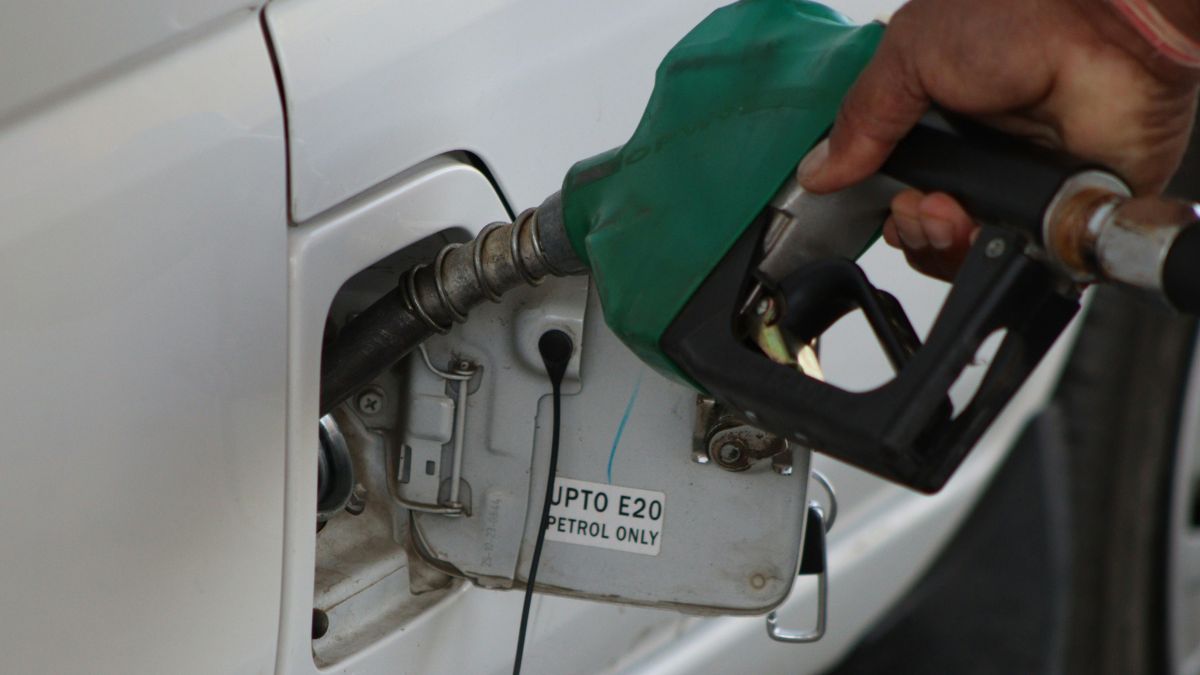
How to Calculate Fuel Consumption Per KM in Kenya: Easy Steps for Every Driver
Fuel prices in Kenya are rising and if you’ve ever suspected your car is using more fuel than it should, you’re not alone. Whether you drive in Nairobi’s daily traffic or take long weekend trips upcountry, knowing how to calculate your car’s fuel consumption per kilometer (KM) can help you save money, improve efficiency and plan better.
Here’s a quick and easy guide — Kenyan style — on how to calculate fuel consumption and why it matters.
What Is Fuel Consumption Per KM?
Fuel consumption per kilometer is how many litres of fuel your car uses to cover one kilometer. The lower the figure, the more fuel efficient your car is.
In Kenya we measure fuel usage in two ways:
- Litres per 100 kilometers (L/100KM)
- Kilometers per litre (KM/L)
Why Does It Matter in Kenya?
With petrol and diesel above KSh 180 per litre, poor fuel economy means:
- More frequent trips to the petrol station
- Higher monthly spending
- Faster engine wear and higher emissions
- Reduced resale value
Whether you own a Toyota Vitz, Mazda Demio, Probox, or Subaru Forester, tracking your fuel usage is one of the smartest habits you can develop as a car owner.
How to Calculate Fuel Consumption Per KM
Step-by-Step (Manual Method)
Follow these simple steps:
1. Fill Up Your Tank
Fill your tank to full at any station — Shell, Total, Rubis, etc. Keep the receipt if you can.
2. Reset Your Trip Meter
If your car has a trip meter (usually labelled Trip A or Trip B), reset it to zero.
If not, note your odometer reading.
3. Drive Normally
Go about your daily driving: to work, church, errands or even upcountry. The more kilometers you cover, the more accurate the reading.
4. Refuel and Record Data
When you refill again:
- Fill the tank to full.
- Note the litres added (check the fuel pump reading).
- Record the distance traveled using your trip meter or by subtracting your initial odometer reading from the current one.
5. Do the MathNow use one of the formulas below:
Fuel consumption (L/km):Litres used ÷ Kilometers driven
Fuel efficiency (KM/L):Kilometers driven ÷ Litres used
Example:
- Litres filled: 30 litres
- Distance driven: 420 KM
- Fuel efficiency = 420 ÷ 30 = 14 KM/L
That means your car covers 14 kilometers per litre, which is typical for small cars in Kenya.
Apps That Can Help
Don’t want to do math every time? Use these apps:
- Fuelio – Logs your fuel usage, mileage and expenses.
- Drivvo – For personal and business vehicles.
- Google Sheets – Create a simple tracker with fuel entries.
All these apps support Kenyan fuel units and will make record keeping easier for you.
What Affects Fuel Consumption in Kenya?
These are the local factors that affect your car’s fuel efficiency:
- Traffic jams: Idling in Nairobi or Mombasa guzzles fuel.
- Driving habits: Speeding, hard braking and acceleration burns more fuel.
- Tyre pressure: Low pressure creates resistance, uses more fuel.
- Vehicle maintenance: Dirty air filters, worn out spark plugs and old oil reduces efficiency.
- Car weight: Heavy loads and unnecessary luggage increases fuel demand.
Tips to Improve Fuel Efficiency
- Drive at a constant speed.
- Turn off the engine when waiting for long.
- Avoid carrying extra weight or unused roof racks.
- Service your car regularly.
- Always use the correct fuel type as recommended by your car manufacturer.
Smart Habits to Save Fuel in Business Cars
- Plan your route to avoid traffic zones
- Use navigation (Google Maps, Waze) to reduce idle time
- Avoid hard acceleration – it consumes more fuel
- Check tyre pressure weekly – one flat tyre can ruin efficiency
- Use genuine parts during service
- Don’t overload – remove unnecessary cargo or weight
Bonus: Daily Fuel Tracker (Printable)
| Date | Litres Filled | KM Driven | KM/L | Driver Name | Notes |
|---|---|---|---|---|---|
| June 7 | 28L | 350 KM | 12.5 | John | Nairobi route |
Real Testimonial: Ann’s Car Hire Business
“I run a small car hire service in Nakuru. Before I couldn’t explain the rising fuel bills. Turns out two of my drivers were inflating mileage claims. Since we introduced a simple fuel/KM tracker, we’ve cut fuel expenses by over 20%. I even added driver bonuses for highest KM/L!”
Final Thoughts
Learning how to calculate fuel consumption per KM isn’t just for car enthusiasts. It’s a practical skill every Kenyan driver should have — especially with today’s fuel prices.
By monitoring your car’s fuel use, you can:
- Reduce your running costs
- Extend your engine life
- Get the most out of every liter
Fuel is expensive — but managing how you use it doesn’t have to be.
Tags: Fuel Consumption Kenya, KM per Litre, Car Efficiency Kenya, Fuel Saving Tips